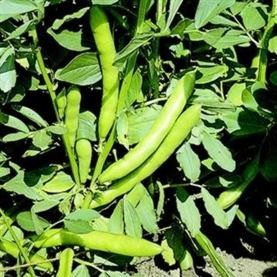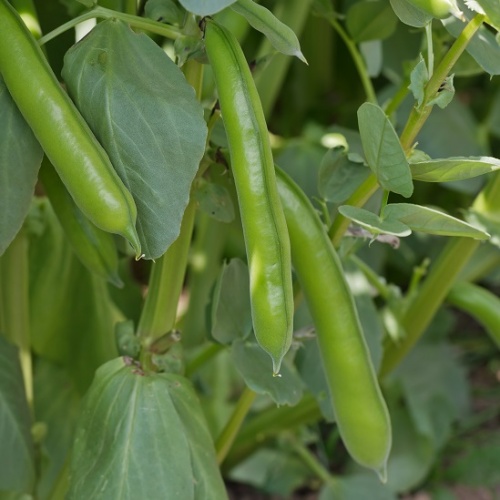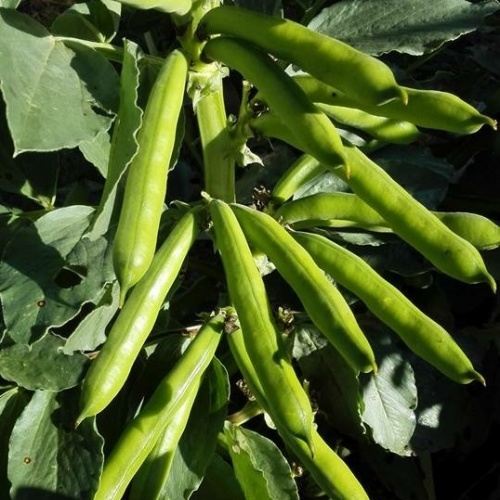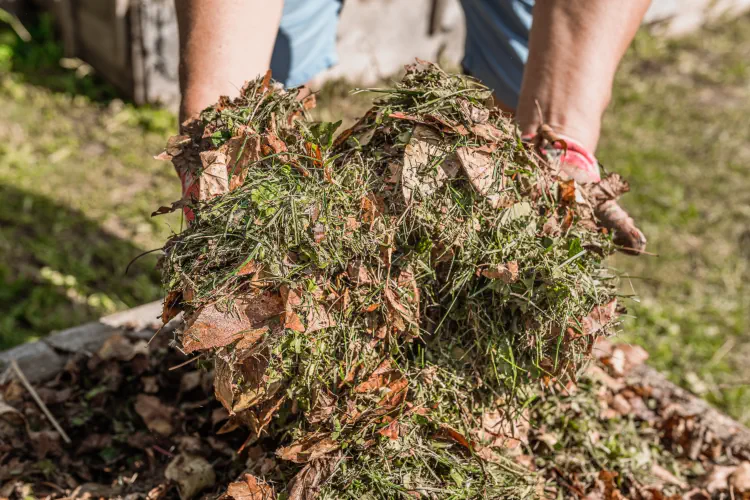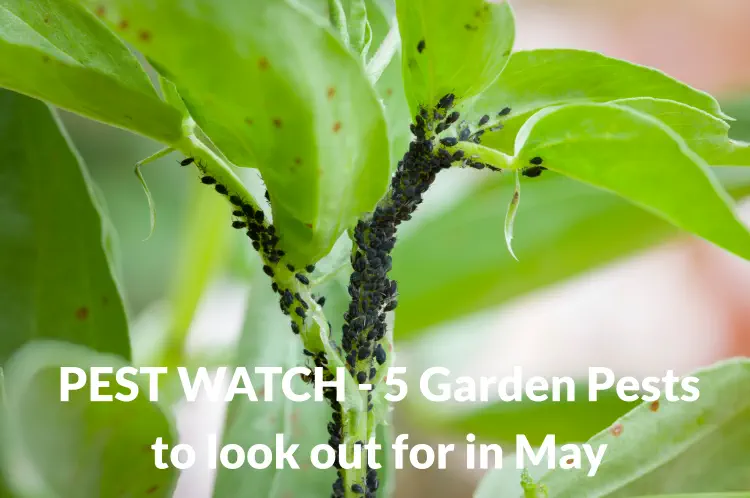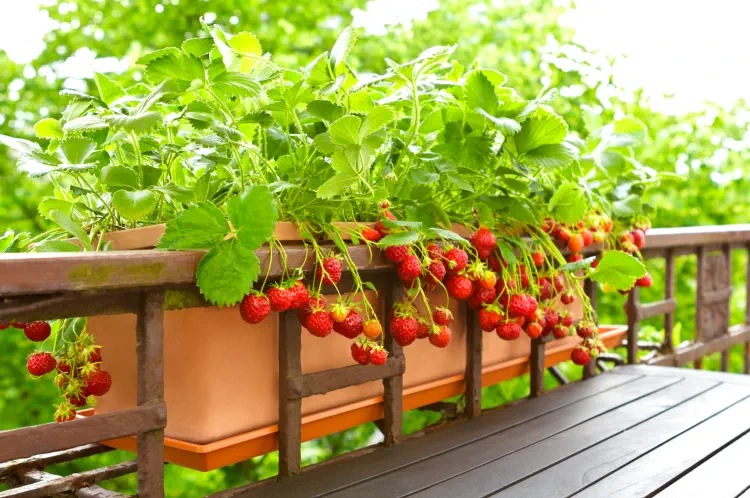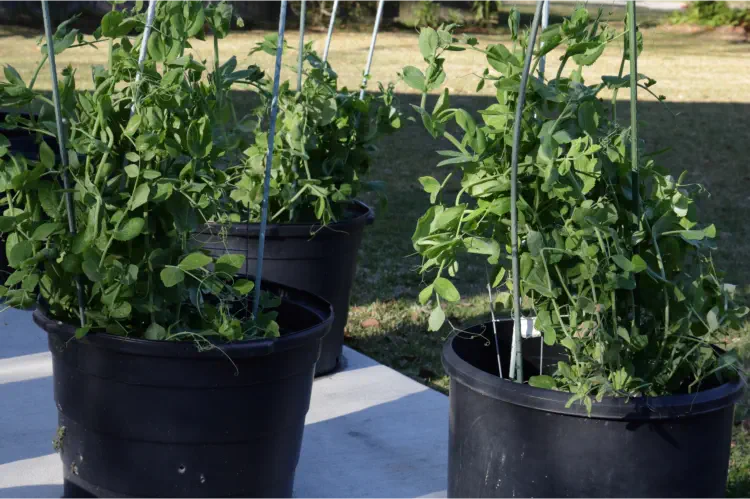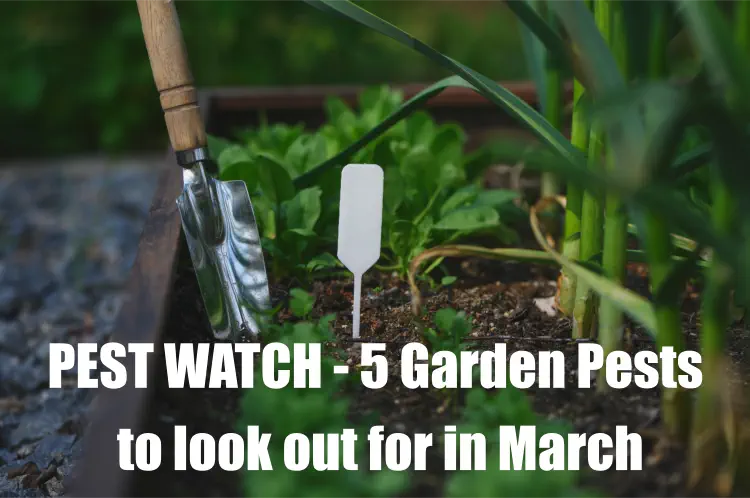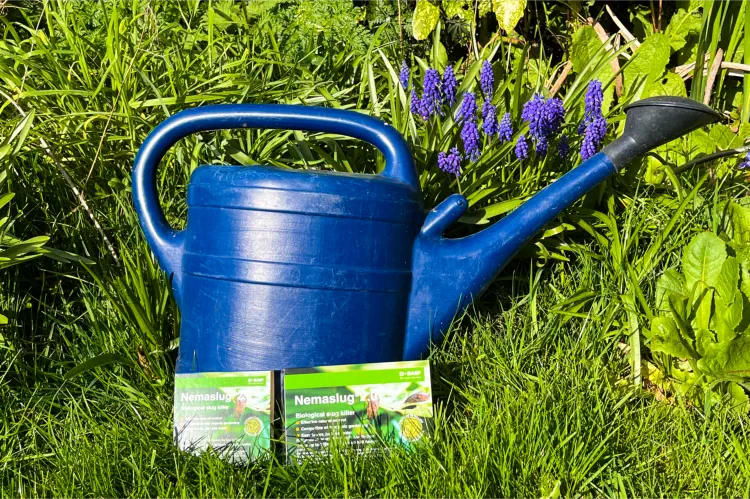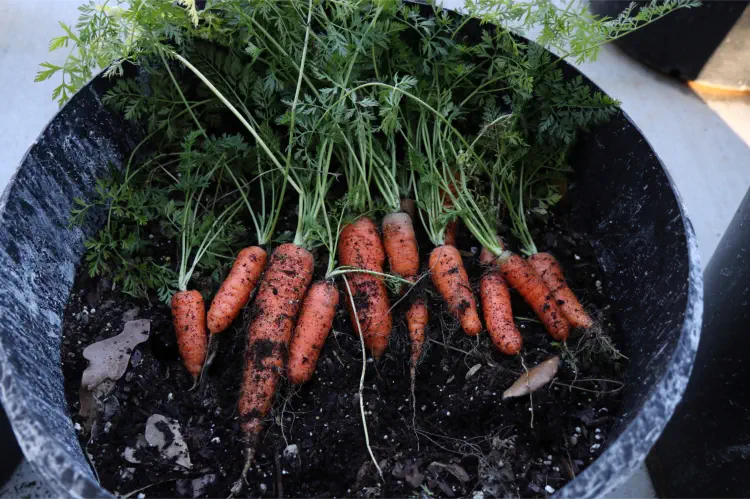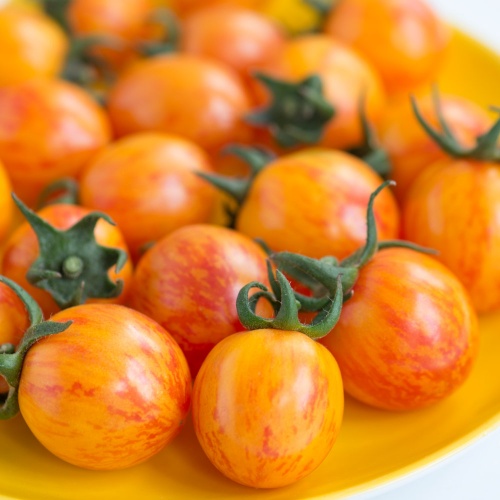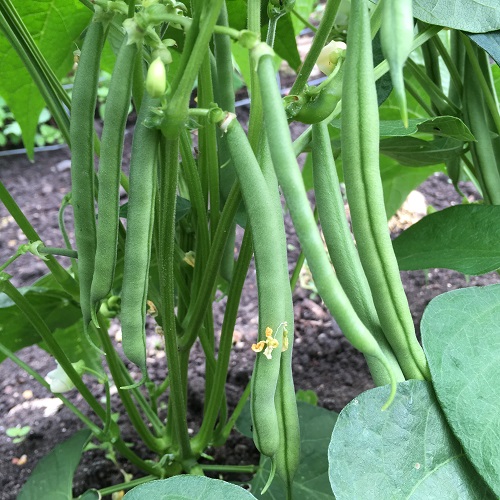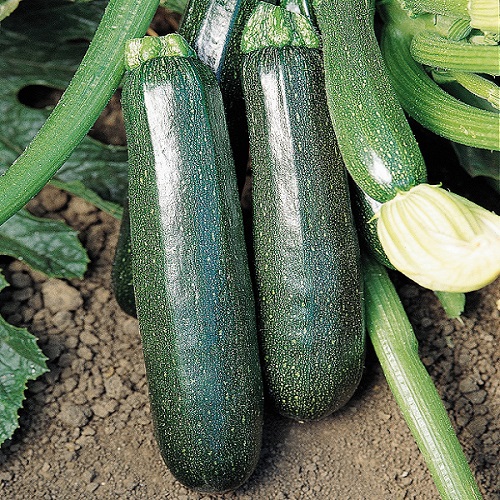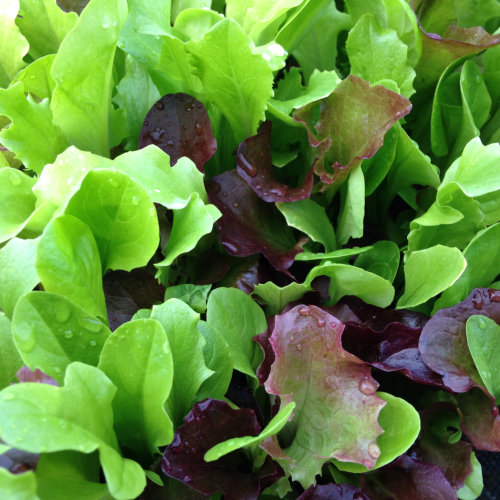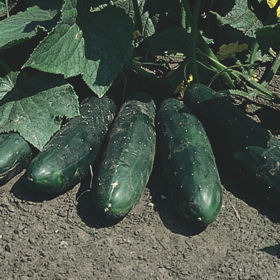As spring unfolds and the garden bursts into life, May heralds a time of vibrant growth and abundant blooms. However, amidst the verdant splendor, gardeners must remain vigilant against the resurgence of common pests eager to feast on tender foliage and burgeoning crops.
Gardening Jobs for November
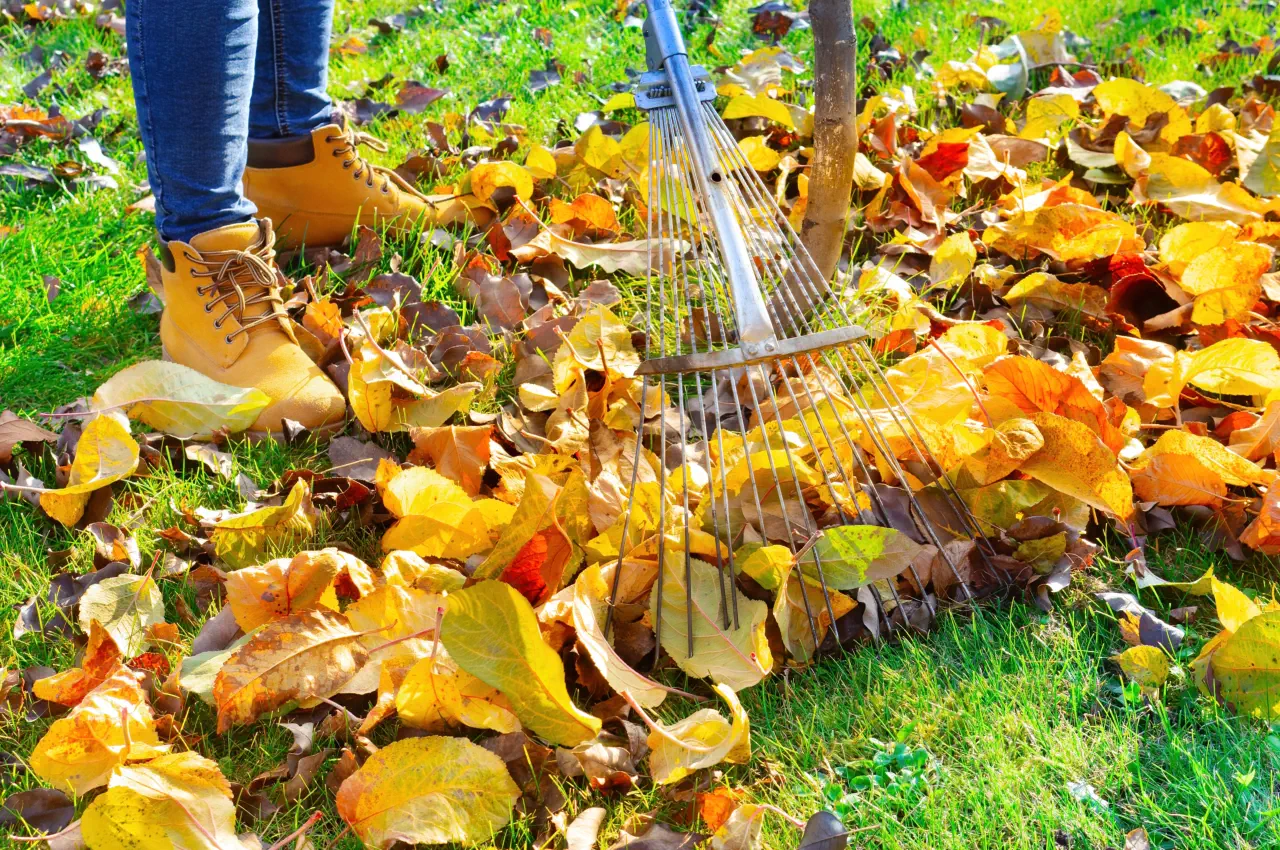
It's time to get your garden ready for winter, and November is the perfect time to get a head start. Whether you're planting bulbs for a colourful spring bloom, pruning and trimming shrubs and trees, or creating a wildlife-friendly space, there are plenty of gardening tasks to tackle this month. So don your gardening gloves and get to work on these important jobs before winter arrives!
Preparing Your Garden for Winter
As we move into November, it's important to start preparing our gardens for winter. This includes mulching flower beds and protecting tender plants from frost and cold. With a few simple steps, we can ensure our gardens remain healthy throughout the winter months.
Mulching Your Flower Beds
Mulching your flower beds is an important step in preparing them for winter. There are numerous benefits to mulching flower beds, including insulation of the soil, protection for plants from frost, and improved soil health. There are a variety of types of mulch to choose from, such as wood chips, leaf mulch, and bark, and each has its own advantages.
It is important to consider the best techniques for mulching flower beds, such as applying a thick layer of mulch and avoiding contact with the stems of plants. Mulching is also beneficial for protecting plants from cold temperatures and for maintaining soil health throughout the winter. By taking the time to properly mulch your flower beds, you can ensure your more tender plants will have the best chance of surviving the cold winter months.
Protecting Tender Plants from Cold
Frequently, protecting tender plants from cold temperatures is essential for preparing your garden for winter. Covering plants with cloches, row covers, or horticultural fleece can provide frost protection, while moving them into a greenhouse or conservatory can provide more shelter. Mulching the soil around plants can both insulate it and retain moisture, while composting can enrich the soil. Lastly, water sparingly during winter, as overwatering can lead to frost damage.
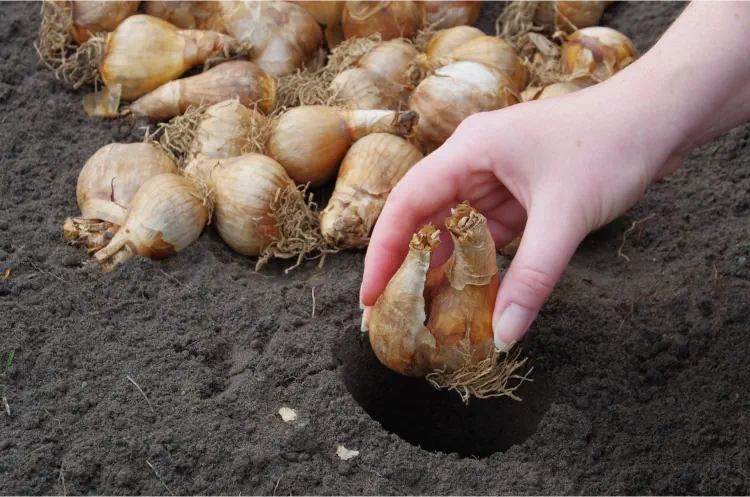
Planting Bulbs for Spring Blooms
November is the ideal time to get ready for spring blooms by planting Autumn bulbs. To ensure the best results, it's important to select the right bulbs, plant them at the proper depth, and space them out properly. With the right preparation, you'll be rewarded with colourful blooms in the spring!
Choosing the Right Bulbs
When choosing bulbs, consider the variety and size of the bulbs, as well as their bloom time. For example, tulip bulbs and daffodils bloom in early spring, while crocuses and hyacinths bloom in late spring. When planting bulbs, ensure that they are planted at the right depth and spacing for best results. Different bulb varieties can be used to create different garden styles. Combinations of bulbs can also be used to create stunning spring displays. For example, a combination of tulips, daffodil bulbs, and hyacinths will create a beautiful and vibrant spring display.
Planting Depth and Spacing
For a beautiful spring bloom, it's important to consider the planting depth and spacing for best results. Follow best planting practices to ensure healthy bulbs and a vibrant display. Start by preparing the soil and digging holes deep enough to cover the bulbs, then space them out evenly. Backfill with soil and firmly pressing down can help secure the bulbs in the holes.
Seeds For Sowing in November
Theres's still a few items that can be sown in November, Broad Bean Seeds, Garlic and Onions can still be planted, and inside why not try growing pea shoots, or cress and other salad leaves on the windowsill.
For a full list see our What Seeds To Sow In November? page here : https://www.simplyseed.co.uk/what-seeds-to-sow-in-november.html
Very popular, the standard variety for overwintering.....
Average Contents : 40 seeds
Broad Bean The Sutton is a good choice for exposed sites.....
Average Contents : 30 seeds
Witkiem Manita can be sown as late as May.....
Average Contents : 60 seeds
Mulching Leaves and Composting
November is the perfect time for preparing your garden for the winter by mulching leaves and composting. Start a your compost pile with organic matter from the garden or other sources and use leaves to mulch around plants for insulation and moisture retention. As previously stated this will help protect plants from frost and cold, reduce weed growth, and maintain soil health in the winter months.
Starting a Autumn Compost Pile
Gather your leaves and start a compost pile to mulch and enrich your soil. Composting is a great way to nourish your garden in preparation for the upcoming growing season. To get started, you will need to select a composting material such as leaves, grass clippings, kitchen scraps, or manure. You can also add in shredded paper, cardboard, and wood chips to help with aeration. Once you have your materials, you can start layering them in a pile, alternating between wet and dry.
Make sure the pile is at least three feet wide and three feet tall in order to create the necessary heat for composting. You may also need to periodically turn the pile to ensure it is composting correctly. The benefits composting include adding valuable nutrients to the soil, improving soil structure, and reducing waste.
Using Leaves as Mulch
Building on the benefits of composting, using leaves as mulch is also an effective way to nourish your garden in the winter months. The leaf composting process offers numerous advantages, including improved soil structure and fertility, weed suppression, and moisture retention. Leaves can be used as a mulch to protect plants from frost and cold, while providing a natural weed suppressant.
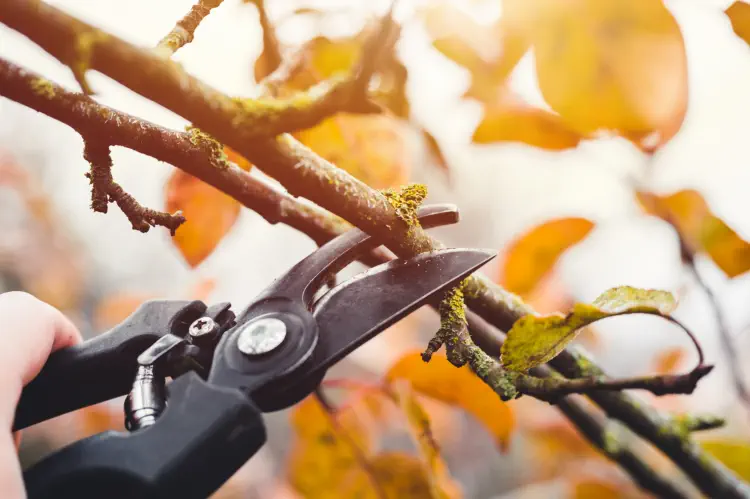
Pruning and Trimming Shrubs and Trees
November is a great time to start pruning, and trim your shrubs and trees. Before beginning any pruning, it's important to know the proper techniques for pruning the plants in your garden. Understanding these basics will help ensure your plants and trees are healthy and look great.
When to Prune in November
Pruning and trimming shrubs and trees is an important job to do in November. For fruit trees, prune when the leaves have fallen off and for roses, prune when they enter dormancy. Deciduous trees should be pruned when they are dormant, usually in early winter. Be sure to use sharp and clean pruning tools to reduce the risk of disease. Keep in mind that pruning should be done carefully and strategically to maintain the health of your plants.
Proper Pruning Techniques
Taking care in pruning and trimming shrubs and trees is essential for maintaining a healthy garden in November. Choosing the right tools is an important first step; pruning shears, secateurs, and loppers are all useful for different purposes. Pruning fruit trees should be done in late winter or early spring to encourage new growth, while rejuvenating overgrown shrubs should be done by removing the older wood and cutting back new growth. Additionally, training climbing roses and shaping hedges can be done in November. By taking the time to properly prune and trim your garden, you'll ensure that there is less work to be done in the spring as it warms up.
Dividing Perennials for Healthy Growth
Late November onwards is a great time for division of perennials. To ensure healthy growth, identify perennials that are ready for division, then follow the steps for dividing, and replant the divided perennials.
Identifying Perennials Ready for Division
By mid-November, you should begin identifying perennials ready for division to help ensure healthy growth. Dividing perennials at the best timing can be an effective way to maintain healthy growth and rejuvenate flower beds. Suitable plants can be identified by their size and vigour. For larger plants, division can be done with a sharp spade or knife and for smaller plants, a hand trowel is generally enough.
When dividing perennials, it is important to remember to plant at the same depth as the original plant and providing adequate water, fertiliser, and protection from frost and cold. With proper care, dividing perennials can be an effective way to help make new flower beds and maintain healthy growth of existing ones.
Steps for Dividing Perennials
Start by identifying the perennials that are ready for division. Make sure to water them the day before you begin. Then, dig around the base of each plant to carefully lift it out of the ground. Using a garden fork or spade, divide the rootball into two or more sections, depending on the size of the plant.
Replant each section into a well-prepared hole with plenty of organic matter. Finally, water each plant and mulch them to conserve moisture. Following these tips will help you divide perennials with ease and ensure healthy growth.
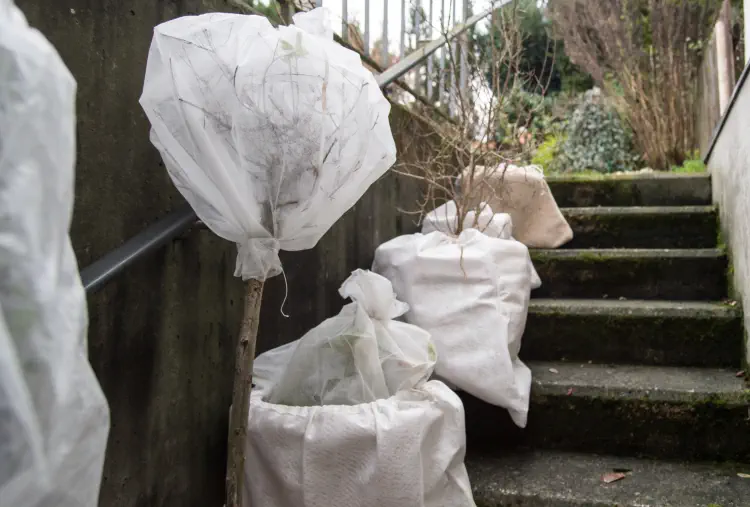
Protecting Your Plants and Greenhouse from Frost
Winter is the perfect time to prepare your greenhouse for frost. To keep your plants safe, use frost protection methods such as covering and insulating, and monitor the weather forecasts for changes. With a few simple steps, you can ensure your plants remain safe and healthy during the cold winter months.
Covering and Insulating Plants
Protecting your greenhouse from frost usually requires insulation with bubble film or horticultural fleece, heating can get very expensive, and unless you are a serious gardener is probably not worth the cost.
Tender potted plants should be moved into a greenhouse or sheltered area, not just to protect from the cold, but from damaging winds as well. Horticultural fleece can also be used to protect tender plants, by wrapping both plant and the pot.
Additionally, watering should be cut back to keep them slightly dry rather than too wet ensure plants are not saturated, and slug control measures should be taken to prevent damage from these pests. All of these methods can help maintain the health of plants during the colder months.
Monitoring Weather Forecasts
With regular monitoring of weather forecasts, you can keep a close eye on any potential frost that may threaten your greenhouse and take the necessary steps to protect your plants. It is important to use weather monitoring techniques to be aware of changing temperatures and frost risk.
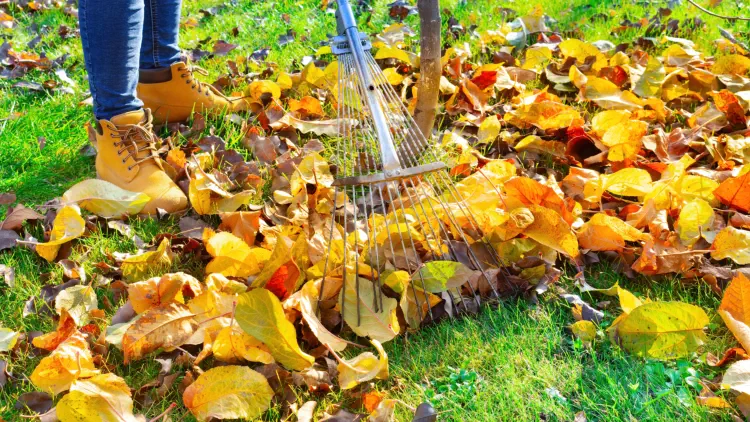
Tackling Garden Maintenance and Clean-Up
Now that most of the late-season vegetables have been harvested, it's time to tackle garden maintenance and clean-up. This includes clearing debris and dead plants, cleaning garden structures, and inspecting and repairing fences. Doing these jobs now will help ensure your garden is in top shape when the new growing season begins.
Clearing Debris and Dead Plants
Start by clearing away any debris or dead plants from your vegetable plot to keep it neat and tidy. Weeding to remove any unwanted growth and prevent competition for nutrients. Adding compost benefits the soil by creating a rich environment for future gardening seasons.
Inspecting and Repairing Fences
Inspecting and repairing fences is an important part of tackling garden maintenance and clean-up in November. Start by ensuring the fence is firmly secured and in good condition. Look for any signs of damage, such as rotting wood, rust, loose nails, or loose panels. This will help to prevent further damage and ensure the fence remains in good shape.
November Pests and Pest Control
In November, it is important to be aware of common garden pests that can cause damage to plants. Identifying these pests and implementing effective pest control methods is key to keeping your garden healthy and safe from harm. Taking the time to inspect your garden for pests and signs of damage can help you take the necessary action to protect your plants.
Identifying Common Garden Pests in November
Spotting and controlling common garden pests in November is essential for a healthy garden. Pest identification is key for successful natural pest control. Look for signs of pest damage such as wilting and discoloration on plants. Pest prevention strategies include removing weeds, clearing rubbish, and mulching. Slug Beer Traps bait can help reduce slug numbers.
Garden Tool Maintenance for Winter
Now that winter is upon us, it's the best time to ensure your garden tools are in top shape. Cleaning and sharpening them will help you get the most out of them when they are needed in the spring. Taking the time to do this during the quieter times makes a lot of sense.
Cleaning and Sharpening Tools
Start by cleaning your tools with a brush or cloth. This will help remove debris and dirt that has accumulated during the season. Then, sharpen the blades and other cutting surfaces of the tools with the appropriate sharpening equipment. Finally, organize your tools for easy access and storage.
Tool maintenance is essential for keeping your gardening tools in good condition and ready for use. Properly caring for your tools will also extend their lifespan and help you save money in the long run. So don't skip these important steps.
Winter Tub and Hanging Basket Plantings
Creating a winter container garden is a great way to add colour and life to your garden during the cooler months. With the right plants, you can enjoy vibrant blooms and lush foliage in your tubs and hanging baskets all winter long.
Winter Container Gardens
Preparing winter container gardens, start by selecting cold-tolerant flowers and plants such as Winter Pansy and Violas, Polyanthus and Primroses that can withstand the winter weather. Creative planters such as hanging baskets or window boxes can be used to display winter plants. When caring for winter plants, keep in mind that protection from extreme frost and cold is still essential.
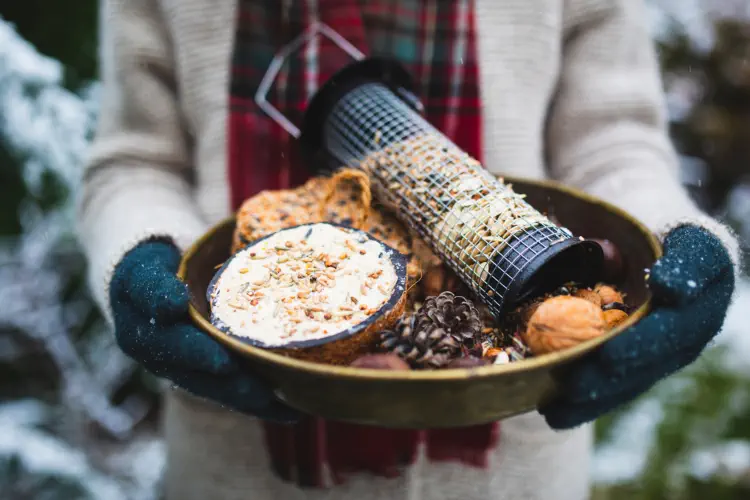
Creating Wildlife-Friendly Spaces in November
November is a great time to create a wildlife-friendly space in your garden. Providing food and shelter for wildlife is an essential part of this process, and bird feeding should also be considered. Let's take a look at some of the best ways to make your garden a haven for wildlife this month.
Bird Feeding Essentials
To create a bird-friendly space this Winter, begin by stocking up on bird feeding essentials. Select bird seed based on the birds you want to attract to your garden. Choose a variety of feeders, such as DIY bird feeders, and place them in different areas of your garden. Install a bird feeding station and provide birds with a safe place to feed.
This will also help keep other critters away from your bird seed. Additionally, consider setting up a bird bath or water feature to provide birds with a source of water during the cold winter months. You will create an inviting environment for winter birds and other wildlife.
Anything we have missed? Let us know with a comment below....
All blog content on this page is copyright of SimplySeed and is not to be reproduced without prior written permission. ©

